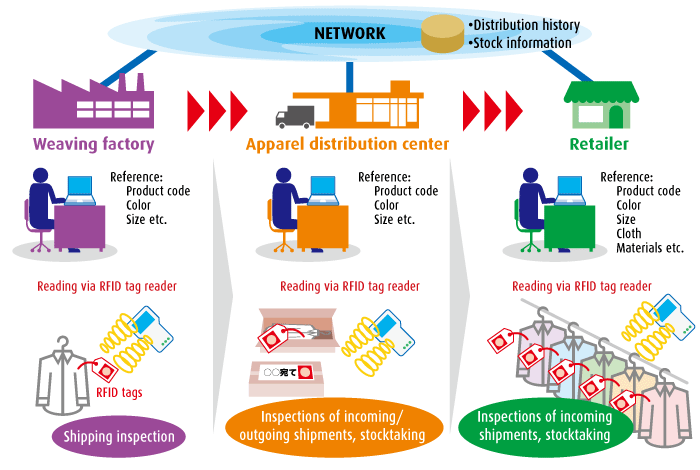Data warehouse- A data warehouse is a collection of data, usually current and historical, from multiple databases that the organization can use for analysis and decision making. The purpose, of course, is to bring key sets of data about or used by the organization into one place.-
Data mart- Data marts are related sets of data that are grouped together and separated out from the main body of data in the data warehouse.
source from google
The purpose of data warehouse is to aggregate
information throughout an organization into a single repository in such
way that employee can make decision and undertake business analysis
activities.
besides that, database store all the transaction such as sales of product.
The roles of data mart is easily to employee
to access the data information. Other than that, data marts as having
focuses information subsets particular to the needs of a given business
unit such as finance or production and operations.
2). Explain the relationship between business intelligence and a data warehouse.
Business intelligence usually refers to the information that is available for the enterprise to make decisions on. A data warehousing (or data mart) system is the backed
or the infrastructural, component for achieving business intelligence.
Business intelligence also includes the insight gained from doing data
mining analysis, as well as unstructured data (thus the need of content management systems).
Let me give the path
of Data warehousing. All the source data from disparate sources are
used to load/Stage data. Different sources can be flat files, another
database or some other process. The starting point of the Data warehouse
should extract the data in order to load into its environment.This is
extracting. This data may not be the expected format or size. your
business demands are different or your organization business
requirements are different. So the business process has to modify the
data or better word is to transform the incoming data to meet
requirements and objectives. This is called Transformation. Once every
slicing and dicing of the data is done along with applied business
rules, this data is ready for loading into the target tables. This
process is called Loading. So overall till now we have done Extraction,
Transformation and Loading. In short we call this ETL. There are lot of
tools available in today's market which does help in achieving the ETL
process. Once this data is loaded in to the database, this is ready for
next processing. We call that database as Data warehouse database. The
next process could be building of datamarts or directly reporting from
it. There are lot of tools/software available for reporting/analysis.
Some call it business reporting or analysis tool. But if you see the
whole process has intelligence involved in business. we can call this or
the gurus call it Data warehousing and the system involved from end to
end is called business intelligence system.
















